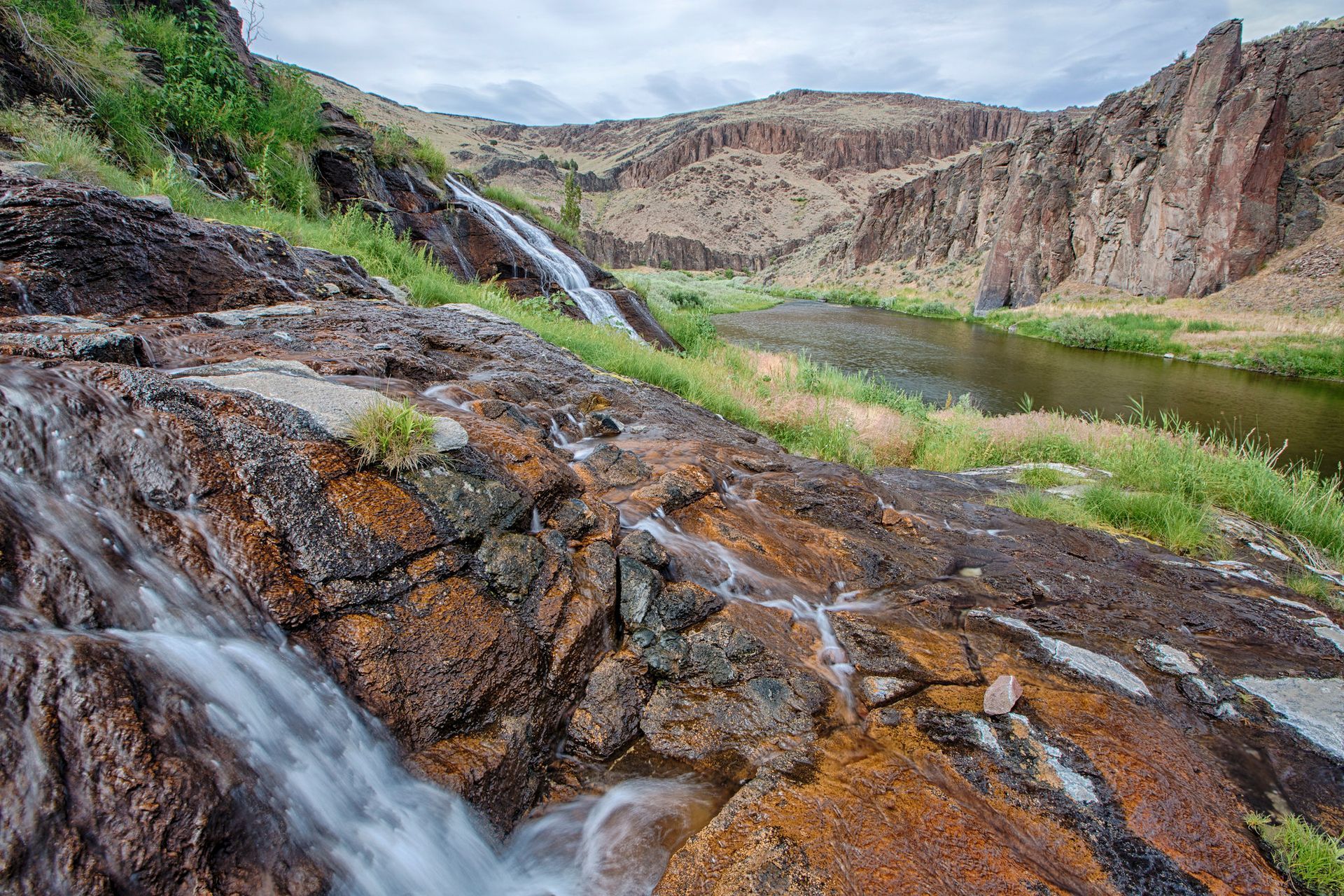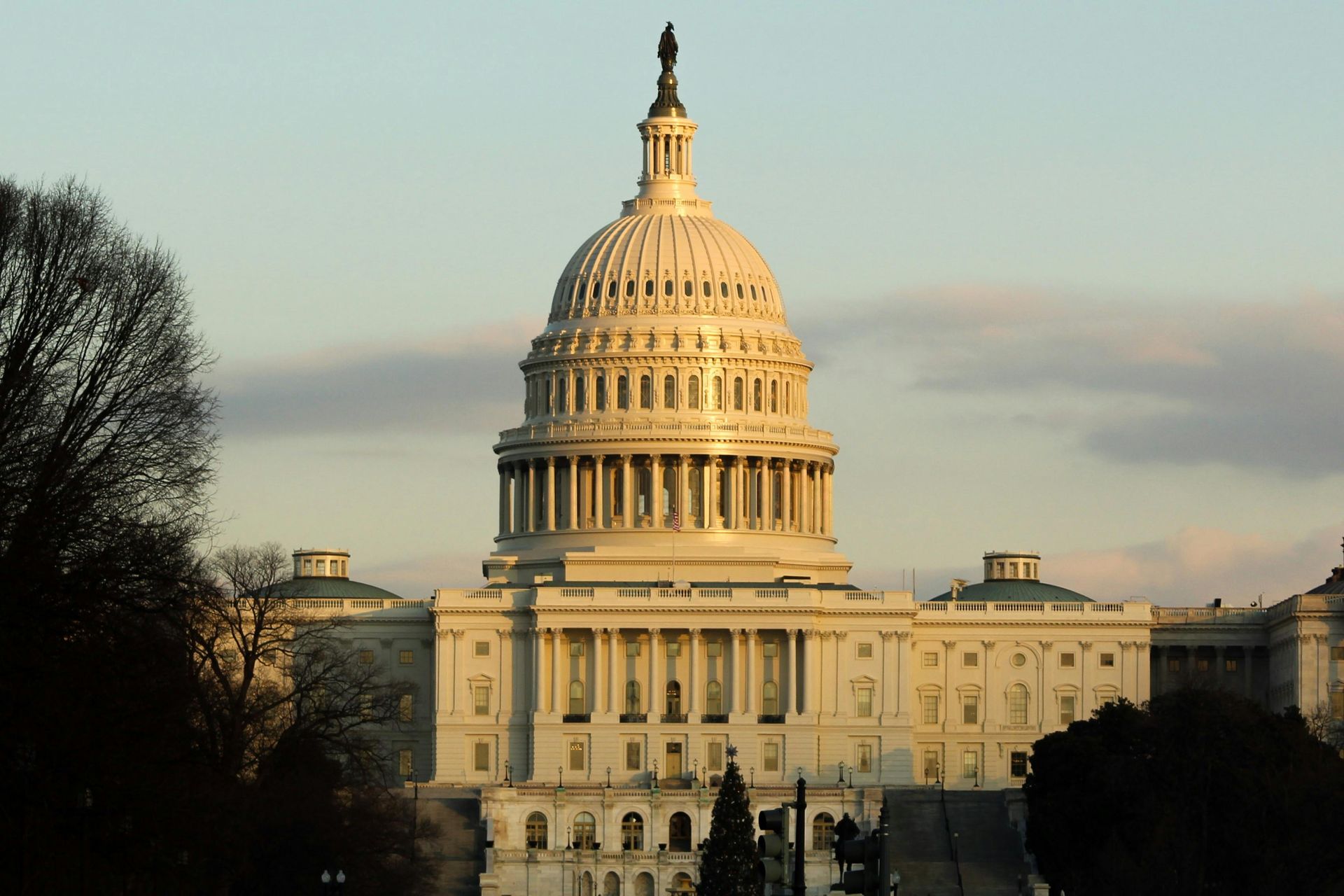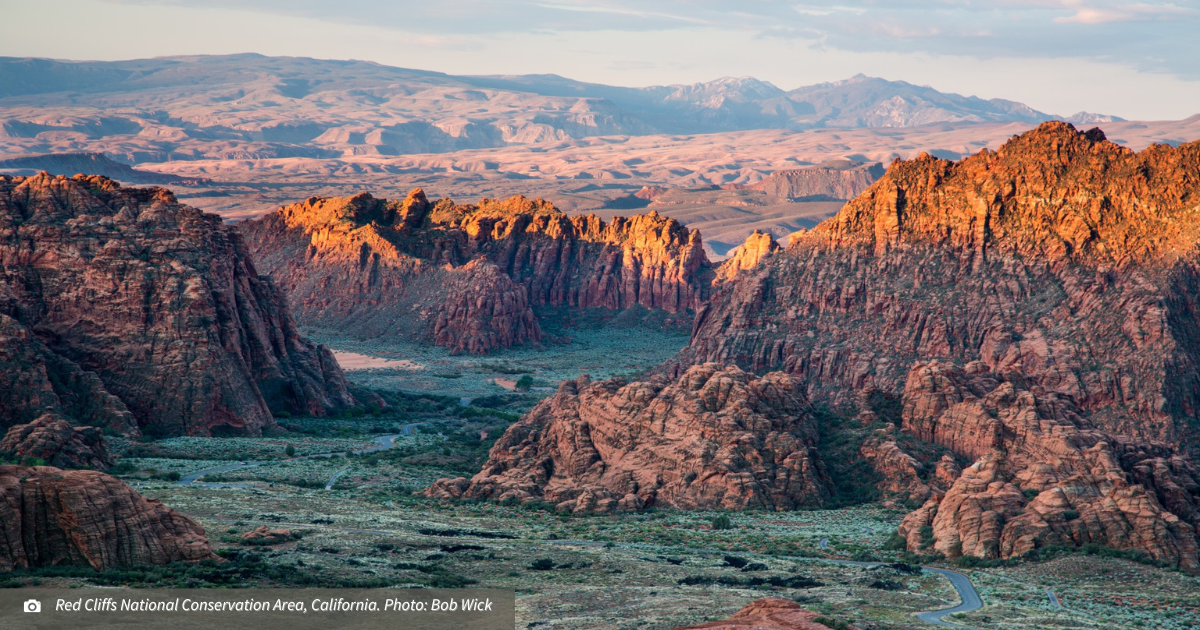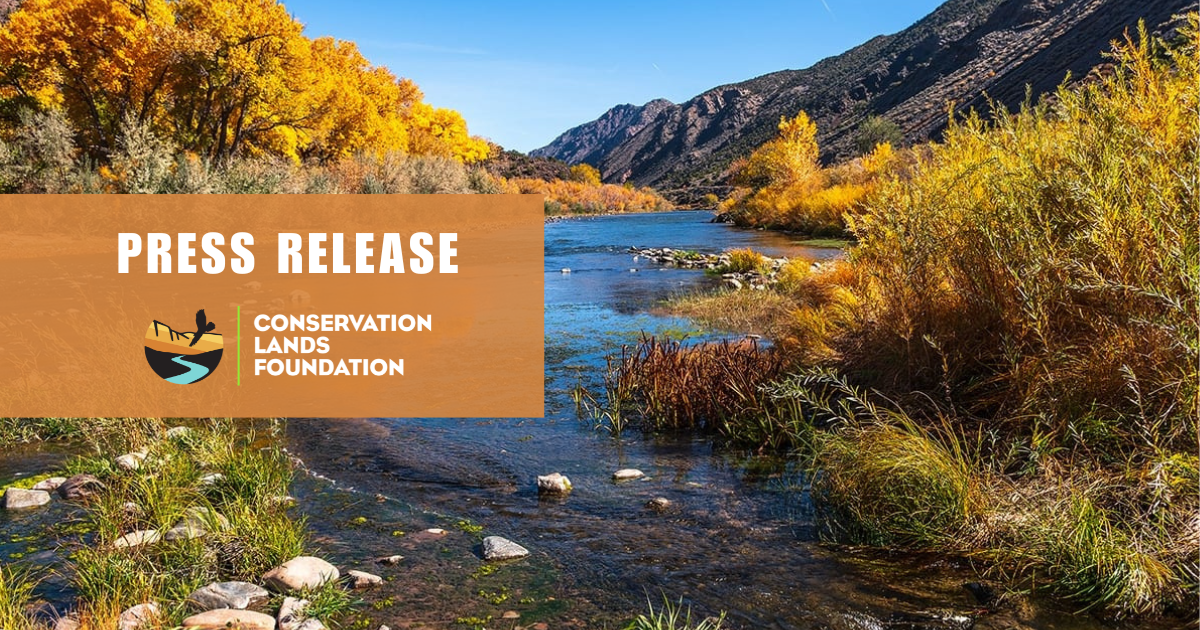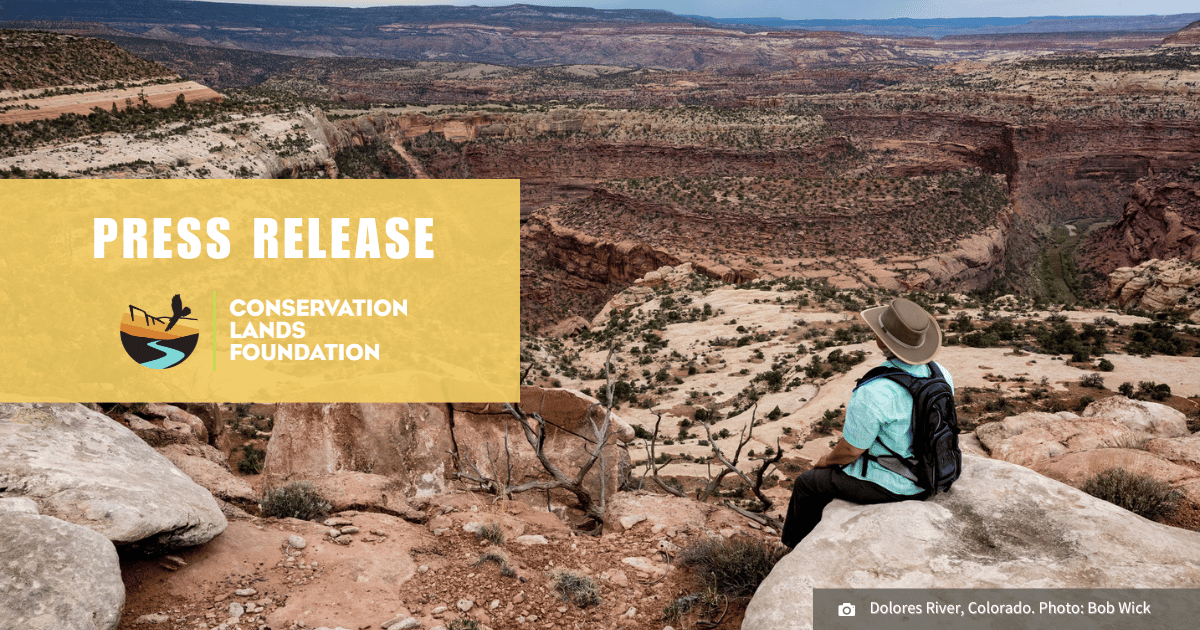Give Twice This Holiday Season: Gifts That Support Conservation

The holidays are the perfect time to show your loved ones how much you care — not just about them, but about the planet too. If you’re shopping for someone who loves the outdoors or prioritizes sustainability, we’ve curated a list of gift ideas from environmentally responsible companies that support conservation organizations like ours! Here’s how you can make your gift-giving both meaningful and planet-friendly this holiday.
Note: The Conservation Lands Foundation does not receive commission or sales percentages from any purchases made through this guide. We're sharing these recommendations because these companies have independently supported our conservation work through corporate partnerships and direct funding. This guide is simply our way of recognizing their commitment to conservation and helping our supporters make informed choices about their holiday shopping.
For the Wanderer

Patagonia
When you choose the legendary Patagonia Black Hole Duffel, you're choosing a virtually indestructible adventure companion. This 100% recycled fabric workhorse represents Patagonia's commitment to environmental stewardship – the same values that make them one of our most dedicated corporate partners in protecting public lands. The backpack straps are both practical for mountain ascents and a reminder that we all need to shoulder our responsibility to the planet.

Osprey Packs
Our friends at Osprey understand that every journey into nature deepens our commitment to protecting it. Their Daylite Plus Backpack is comfortable and sustainable – a reflection of the company's dedication to preserving the wild places their gear helps us visit. Whether you choose their specialized hiking, running, or biking hydration packs, each purchase helps fund vital conservation initiatives.
For the Stylish Conservationist

MiiR
When you're gifting MiiR products, you're investing in clean water initiatives and reducing plastic waste. Their insulated food canister keeps adventure meals warm while their conservation efforts keep our watersheds protected. For wine enthusiasts, their white wine set does more than preserve the perfect temperature – it preserves our planet's resources. True collectors will treasure the limited edition 12 Days of Drops Gift Set, featuring camp cups that celebrate both the season and sustainability.
Essential Outdoor Companions
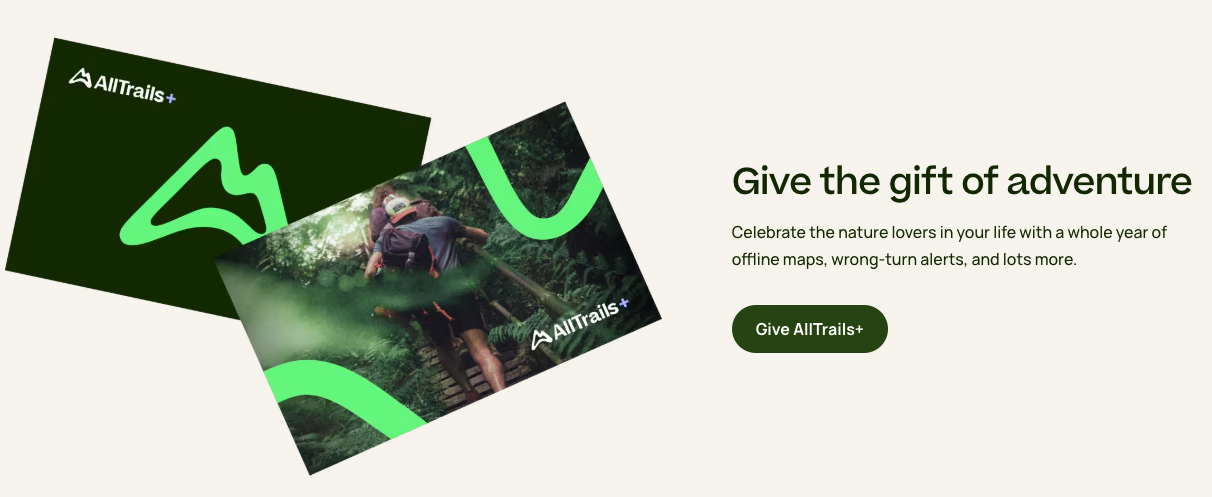
AllTrails: Give the Gift of Safety
An AllTrails+ Subscription is a must-have to keep hikers at all levels safe. The Pro subscription allows you to download detailed maps without having cell service and you’ll stay on track thanks to the nifty wrong-turn alerts. Plus, customizable trail guides help you discover new favorite hiking spots.

Public Lands
A stellar conservation partner, Public Lands caters to the outdoor community and also gives back to the community in many ways.
Eco-Friendly Camping Gear: Consider solar-powered lanterns, biodegradable utensils, or portable stoves to make camping trips more sustainable.
- The NEBO solar powered lantern mimics the warm glow of a real fire without the risk of setting your campsite ablaze, plus it lets you charge your cell phone so you can snap pictures of your outdoor adventures.
- Snow Peak’s Titanium fork and spoon set says goodbye to plastics and is both durable and lightweight for easy carrying.
Gifts for the Angler: Public Lands offers a whole range of gifts for fishing fans or those wanting to take up a new outdoor challenge.
Gifts for Your Pet: Maybe it’s your best furry friend that actually needs an updated closet! Public Lands sells Ultra Paws Dog Boots, made of recycled tires, to keep paws warm and dry in winter, and cool on hot pavement in summer.
Make an Enduring Impact
Direct Conservation Support
For the purist who has everything, consider a donation in their honor to the Conservation Lands Foundation. This is a heartfelt way to support the protection of public lands and natural treasures.
Custom Adventure Trips
For a truly unforgettable gift, consider planning a custom adventure trip with the Conservation Lands Foundation (CLF). These trips combine conservation education, outdoor exploration, and support for public lands. Whether it’s hiking, paddling, or learning about restoration efforts, these experiences are tailored to your group’s interests while fostering a deeper connection to nature. Contact our staff at info@conservationlands.org.
Make This Holiday Season Meaningful
Every item in this guide comes from businesses that share our commitment to protecting public lands. When you choose these gifts, you're not just checking off your holiday list – you're joining a community of conservation champions.
This season, give gifts that tell a story of stewardship, adventure, and hope for our planet's future. Together, we can make every present count twice: once for your loved ones, and once for the wild places we're working to preserve for generations to come.
